Photos: The Ancient Ruins of Shivta in Southern Israel
Old townships
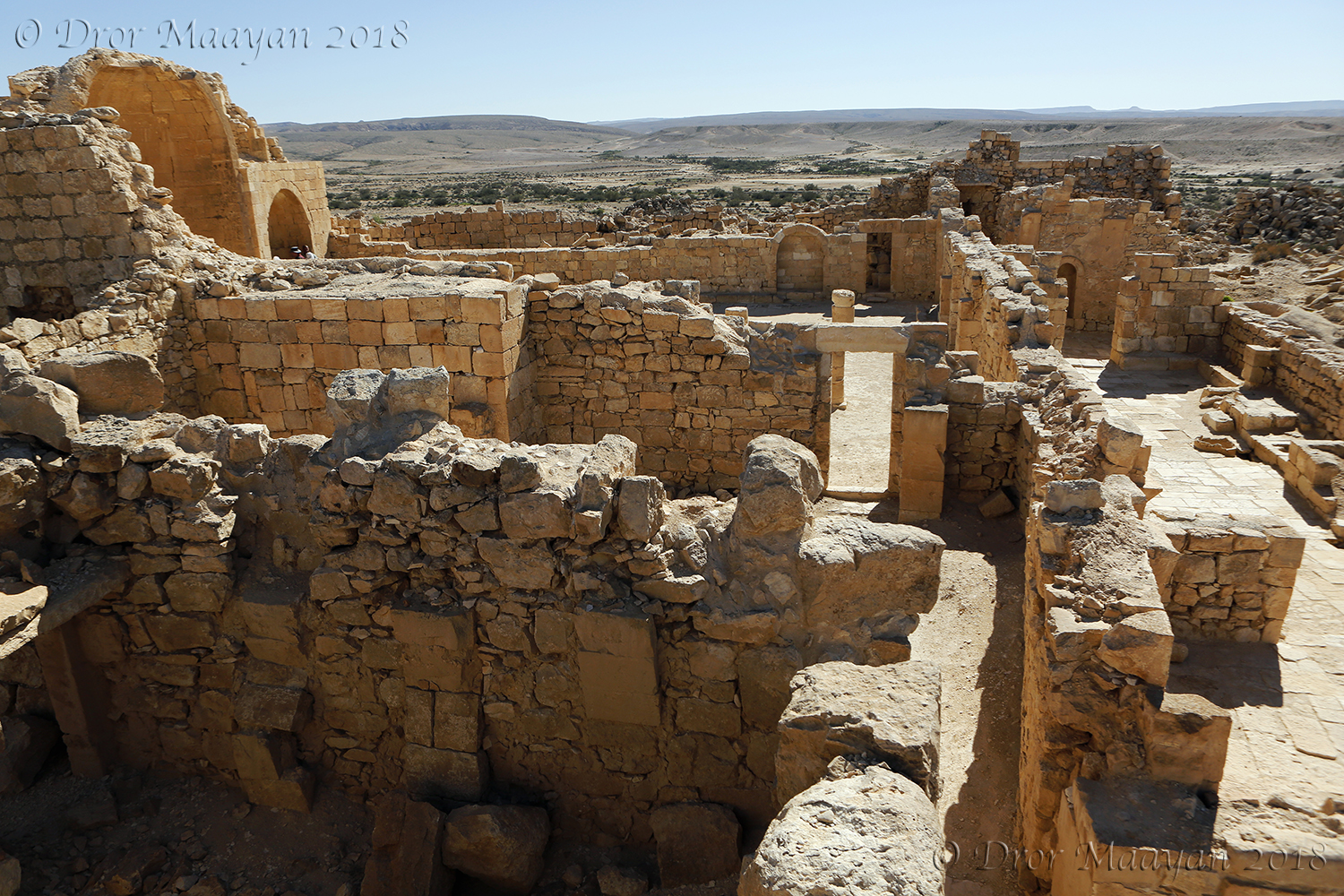
Ancient Shivta in southern Israel was once part of a thriving group of desert cities on a trade route between the Mediterranean coast and the east of Arabia.
Shivta was inhabited since before Roman times in the first century B.C., until early Islamic times in the ninth century A.D
[Read more about the ancient discovery here]
Protected history
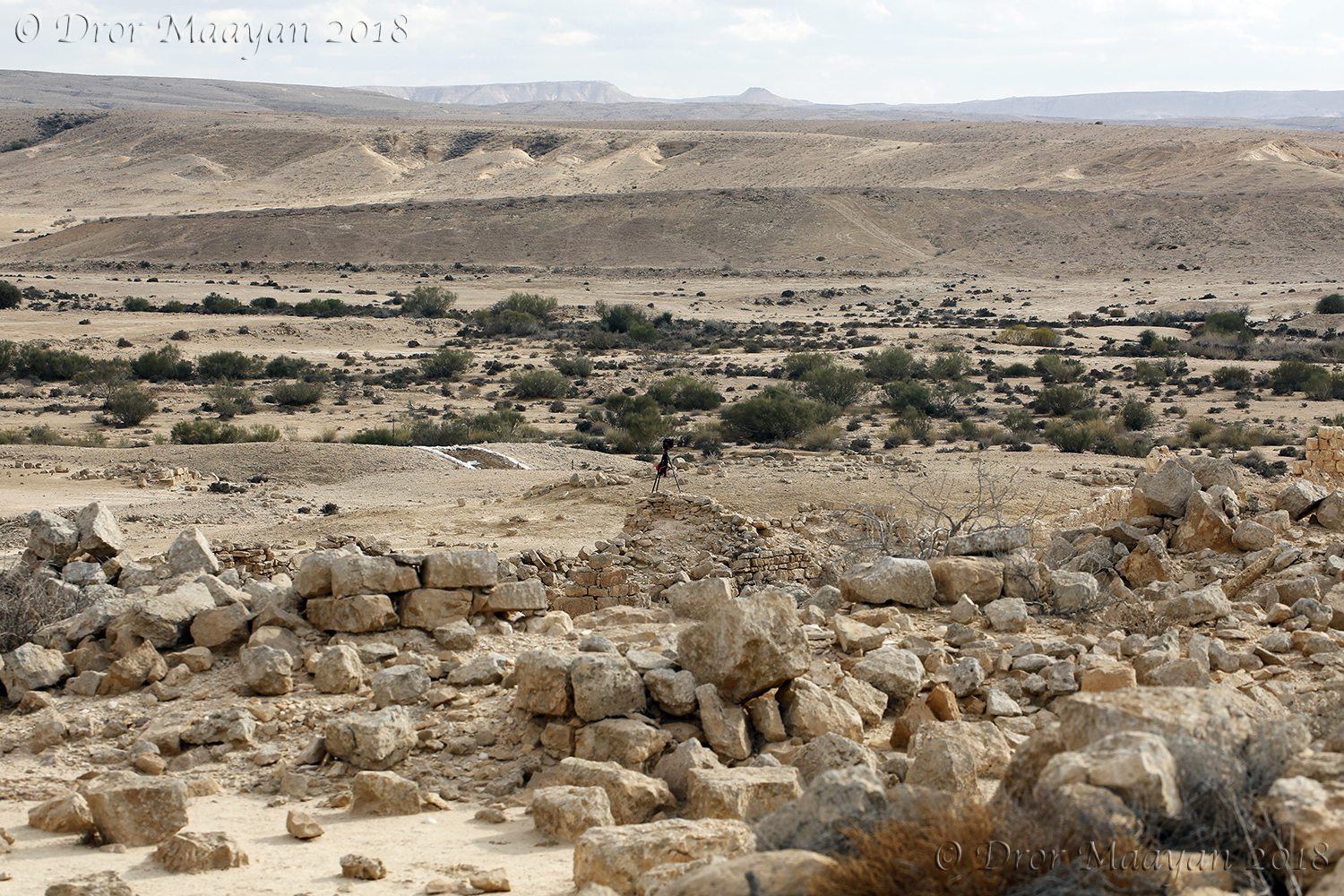
Today, the ruined desert city of Shivta is a national park in Israel's Negev Desert.
It is one of four ancient cities in the region listed by UNESCO as World Heritage sites — what's called the Incense Route of Nabatean trading towns.
Rich religious past
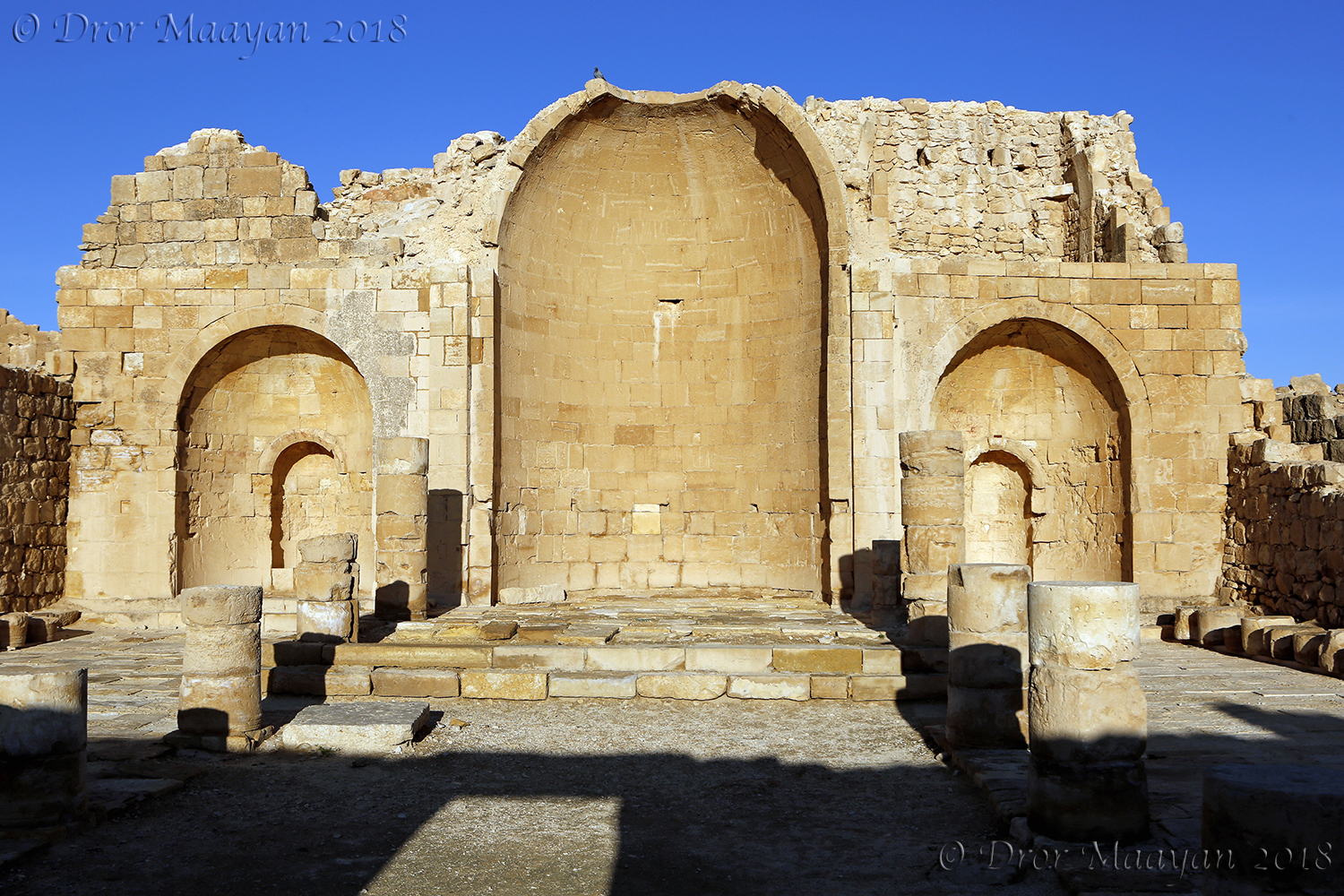
In Byzantine times, after the fourth century A.D., Shivta became an important Christian community.
It was also a caravan stop for pilgrims making their way to the St. Catherine's Monastery in the Sinai Peninsula.
Built and abandoned
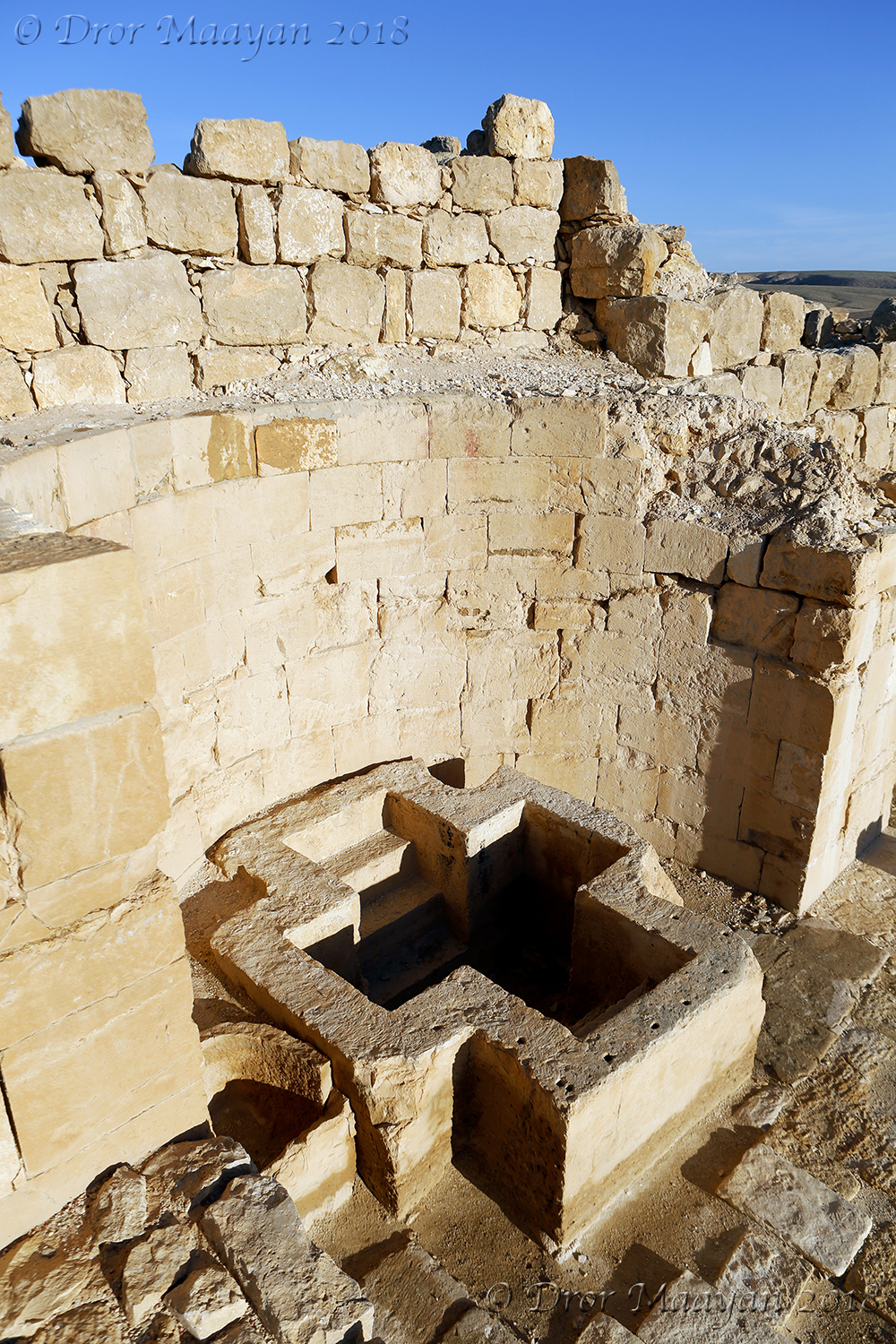
Shivta in Byzantine times boasted three Christian churches built of stone.
The city declined in the Islamic period after the ninth century A.D. and was later abandoned.
Biblical link
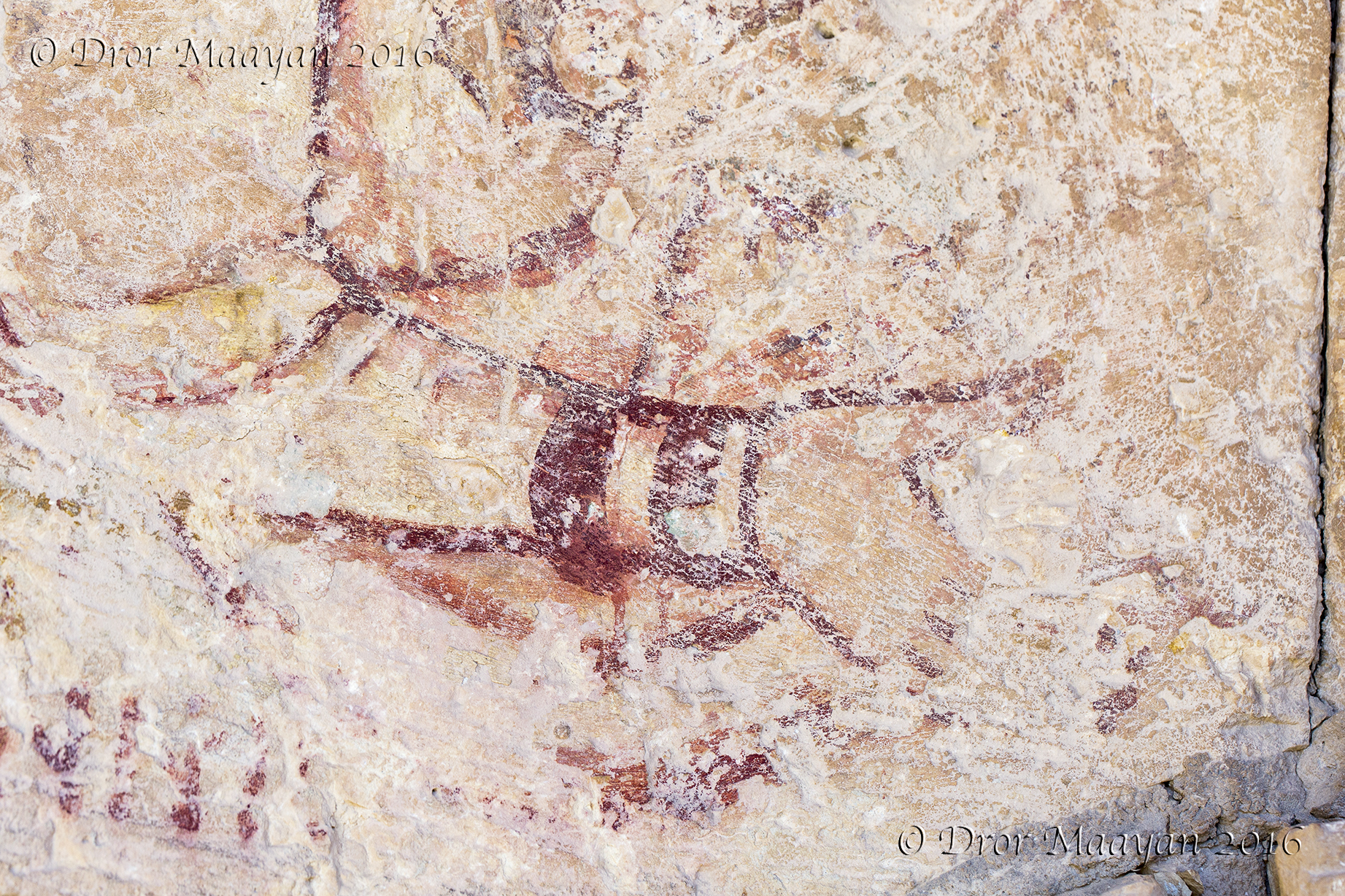
Researchers have known for several years that an early painting of the transfiguration of Christ can be found on the walls of the southern church.
The painting is heavily eroded and only shows an outline of the figures in the transfiguration scene, which is described in the Christian gospels.
Important places
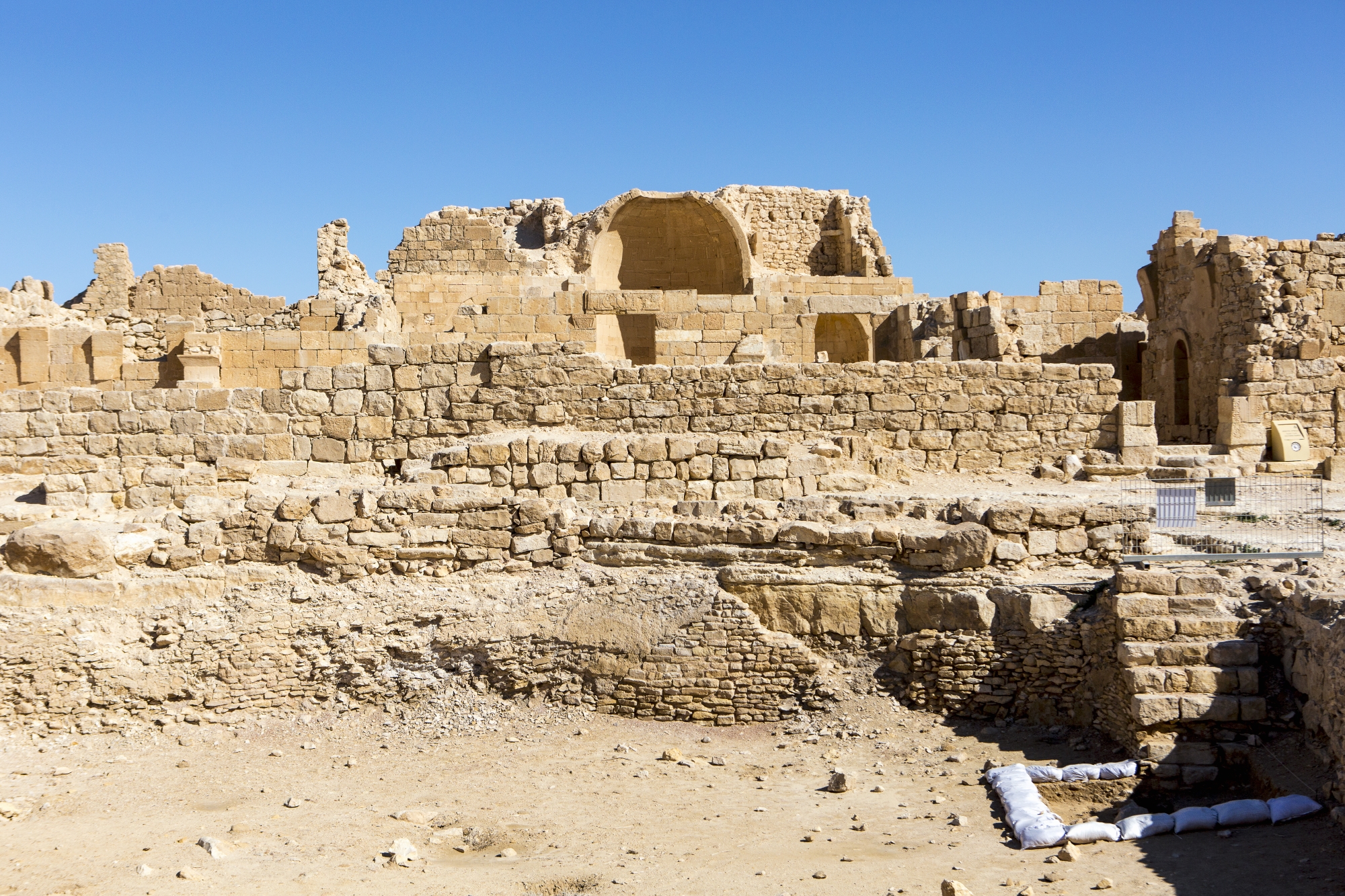
In 2017, art historian Emma Maayan-Fanar was studying early Christian motifs in the stonework near Shivta's northern church.
She took shelter for a few minutes from the desert sun beneath the roof of the church baptistery — a building that would have been used for Christian baptisms.
Original pieces
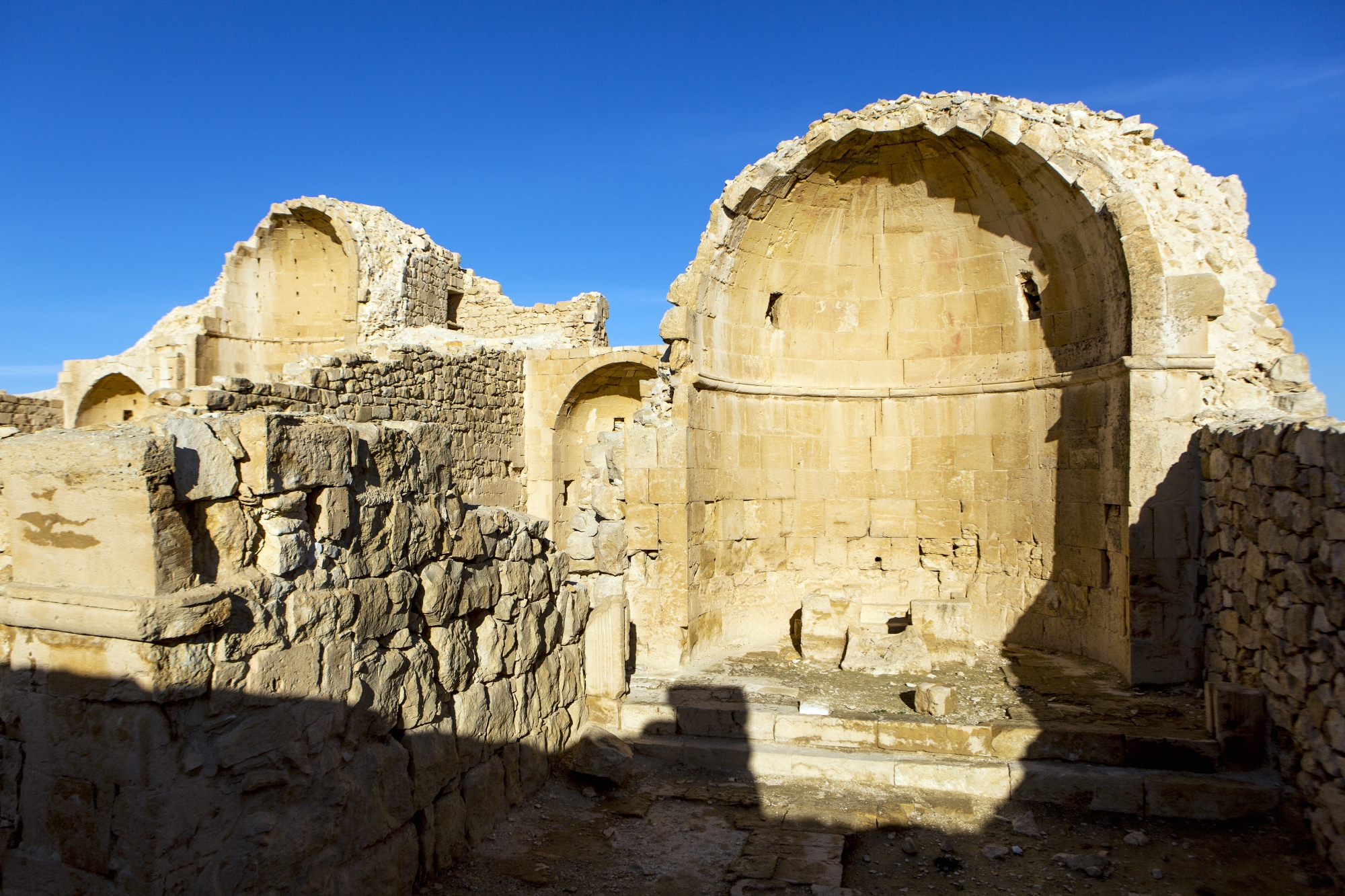
The apse, or curved roof, of the baptistery is one of the few original pieces of the northern church that is still standing.
The northern church had been explored before, but no one had noticed an ancient portrait of Jesus painted on the ceiling.
Sign up for the Live Science daily newsletter now
Get the world’s most fascinating discoveries delivered straight to your inbox.
Baptism of Christ
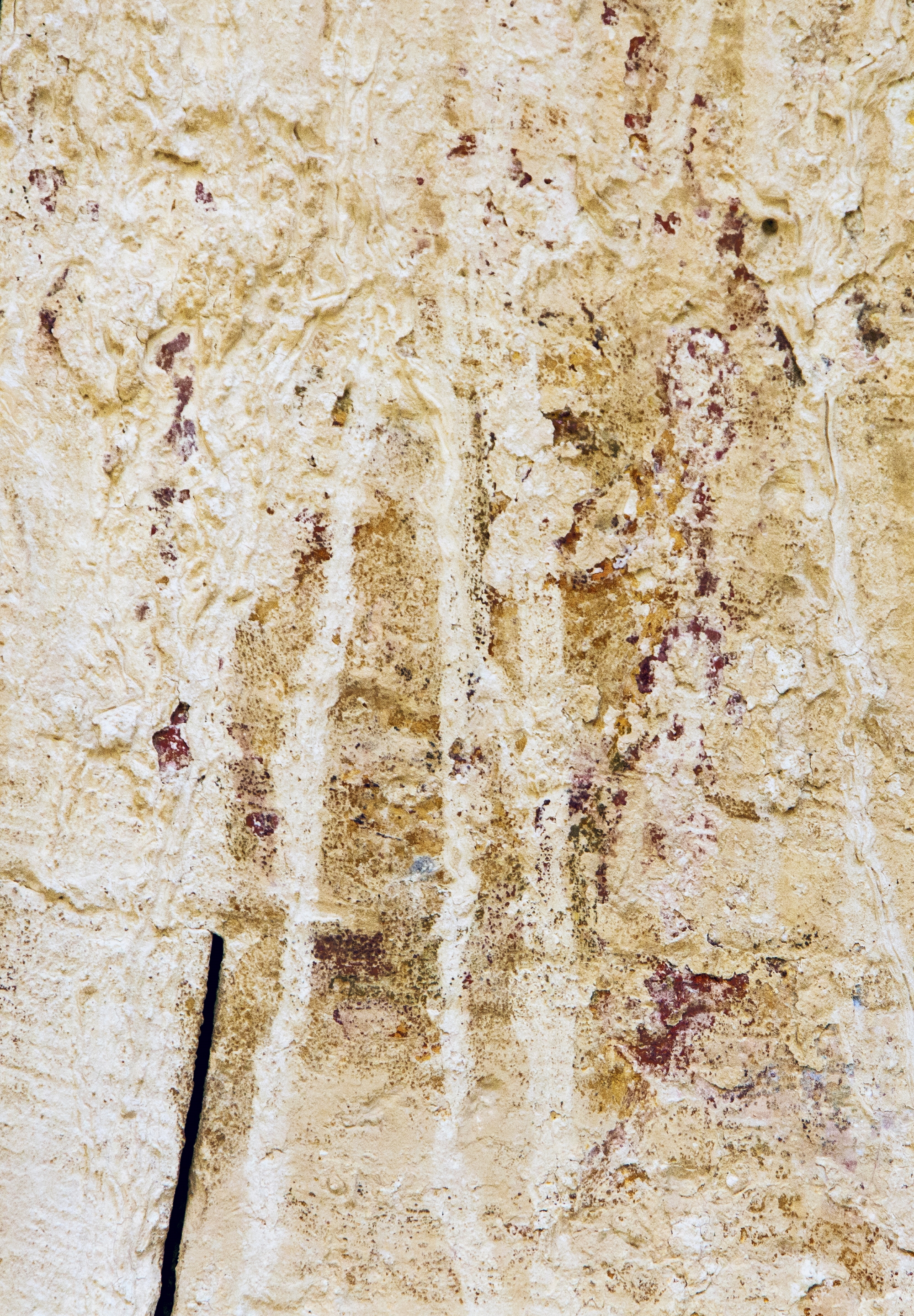
The painting on the baptistery ceiling is now known to show the baptism of Christ in the Jordan River, as described in the Christian gospels.
It is heavily eroded and the details can only be seen under the right light or with advanced photographic equipment.
Eastern iconography
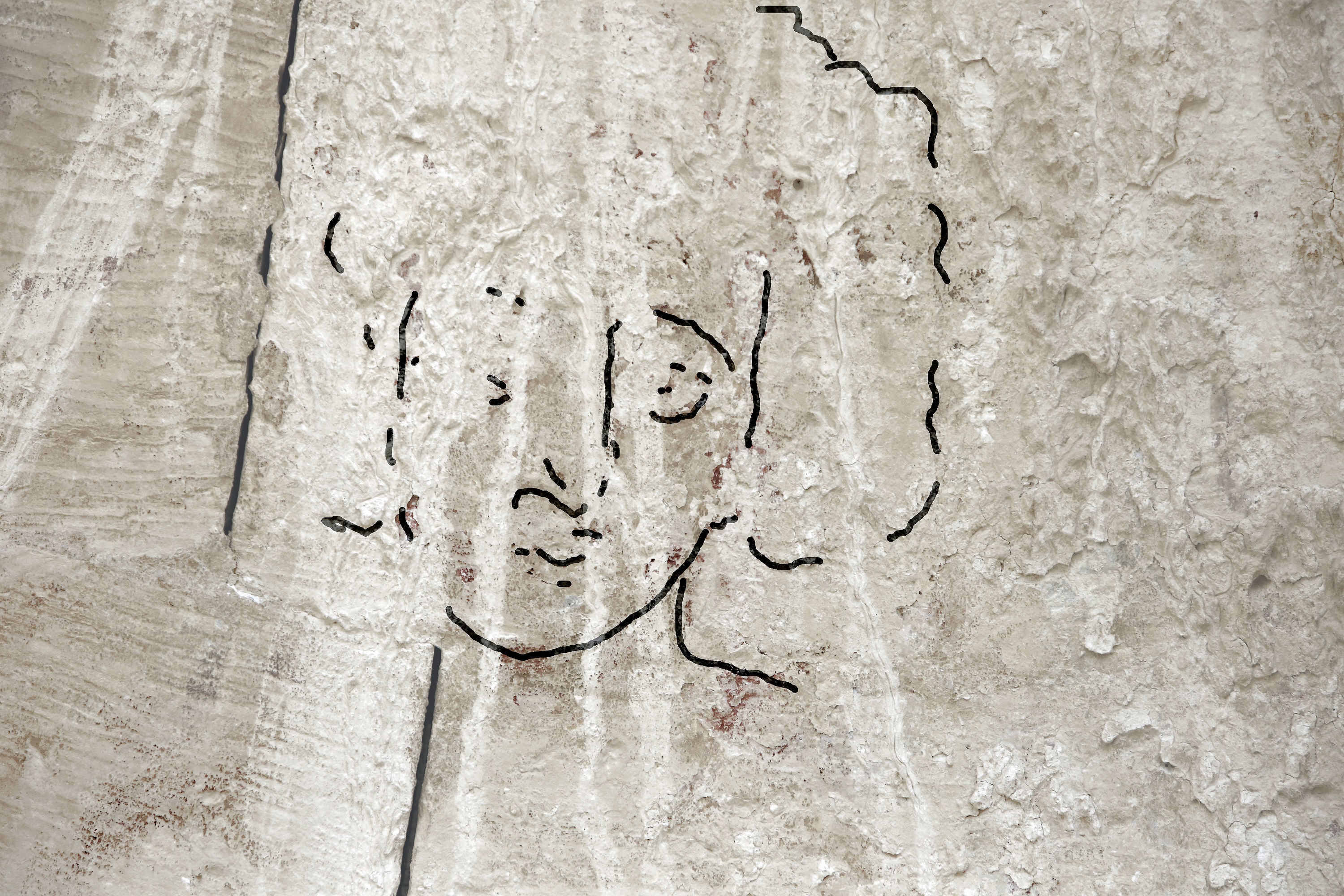
The portrait shows Jesus as a young man with short curly hair — it's thought to be the earliest portrait of Christ found in Israel.
Maayan-Fanar explained that the iconography of a short-haired Christ was common in the east of the Byzantine Empire.
More to learn
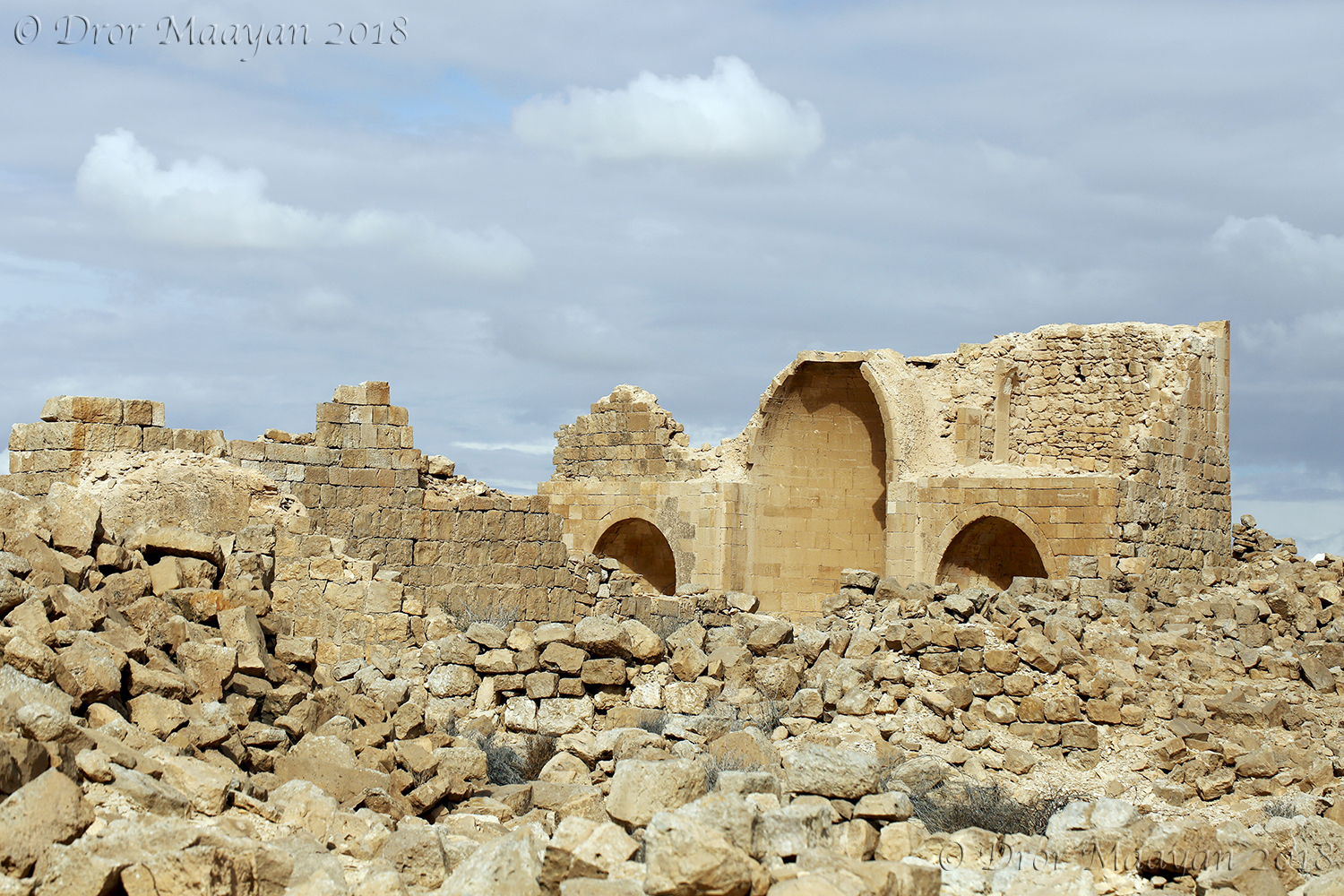
The painting will now be restored on site, and archaeologists will continue to explore the ancient city of Shivta to learn more about the people who once lived there.
[Read more about the ancient discovery here]
Tom Metcalfe is a freelance journalist and regular Live Science contributor who is based in London in the United Kingdom. Tom writes mainly about science, space, archaeology, the Earth and the oceans. He has also written for the BBC, NBC News, National Geographic, Scientific American, Air & Space, and many others.










